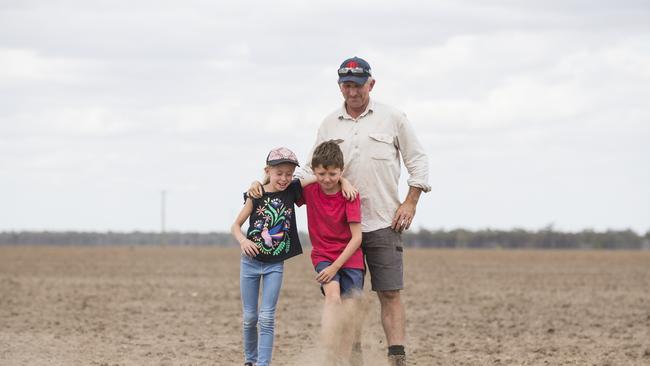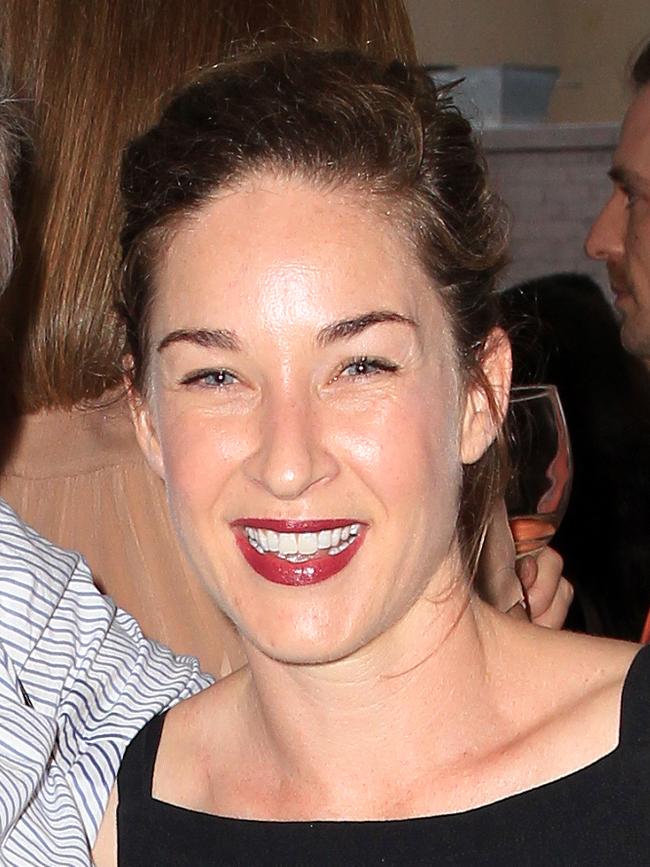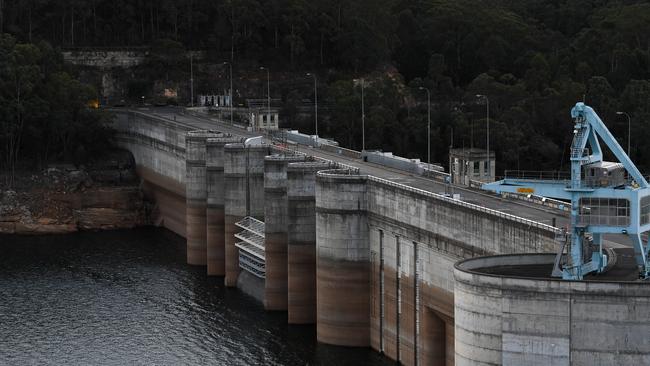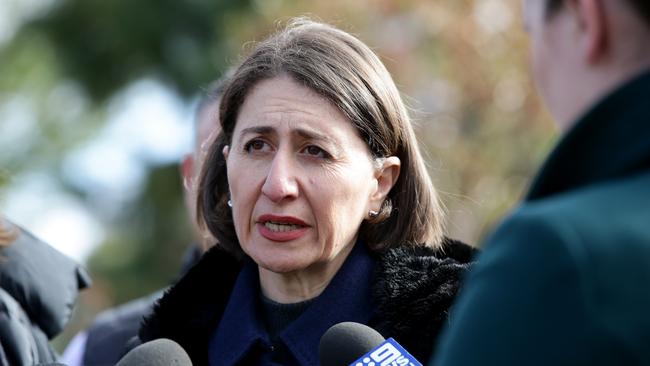Jess Miller: Why I’m voting that we have a ‘climate emergency’
Until state and federal governments tell the truth about how exposed we all are to climate risk, poor decision-making will continue. You will pay. And you deserve to know how much.
- What most Aussie really think about climate change
- It’s time for a fact-based debate on climate change
You might not believe in a “climate emergency” but how will you face the financial one?
On Monday night I will be voting to declare a climate emergency. Thanks to the Extinction Rebellion and Student Strikers, cities, states or — in the case of Canada and the UK — countries all over the world are declaring “climate emergencies”.
Declaring a climate emergency is not just an effort to save our ecological systems but an opportunity to have a conversation about how much it will cost and who will pay.

A climate emergency declaration is meaningless if we aren’t trying to answer this question.
Let’s be clear here and believe the world’s best scientists when they tell us that extreme weather is a symptom of climate change. And we need to know how much it will cost our residents, businesses, workers and visitors, so we can be prepared — any Girl Guide or Boy Scout will tell you that.
The good news is that all local governments across metropolitan Sydney are working together to make Sydney more resilient to acute shocks like floods and heatwaves.
This work includes strengthening our electricity grid so we don’t experience blackouts in the middle of an emergency and putting plans in place to protect the elderly and young children who are often most at risk.

The bad news is that heatwaves on our continent are not only five times more likely, they start earlier, last longer, and are hotter than ever before.
Extreme heat is now considered the deadliest natural disaster in the United States, killing more people on average than hurricanes, lightning, tornadoes, earthquakes and floods combined. And we all know how tough farmers are doing right now, with 96 per cent of NSW affected by drought.
You might not agree with tactics like kids missing school and that’s okay, we can agree to disagree — but it’s hard to disagree with the three very simple things at the heart of the climate emergency movement: they are asking that governments tell us the truth, act now and go beyond politics.
Telling the truth means measuring and understanding the cost of the climate emergency and sharing this with the community.

At the City of Sydney, we’ve been releasing quarterly green reports for years. We’re upfront about our targets — such as reducing greenhouse gas emissions by 70 per cent by 2030 or keeping our potable (high quality drinking) water use at 2006 levels for the next 11 years — and we share our results, even if they fall short one quarter.
And when they do? We figure out why and we do everything we can to fix it. In other words we act, quickly.
We’ve been in emergency response mode now for more than a decade, not only because 97 per cent of our community asked us to take climate action in 2007 but because the cost of natural disasters in NSW over the past decade averaged $3.2 billion per year.
By 2050, the cost of natural disasters in NSW is expected to balloon to $10.6 billion annually. This is minuscule compared to the University of Melbourne’s prediction that by 2050 climate change will cost us $760 billion.

In Sydney alone, 24 hours of disruption to transport networks due to weather events can reduce GDP by $30 million — a figure not covered by insurance.
Who will foot the bill? You will, of course. Through increased taxes, a new bushfire or drought levy, or when your insurance premium goes through the roof (or worse, you can’t get insurance anymore because of sea levels rising).
Until state and federal governments “tell the truth” about how exposed we all are to climate risk, poor decision-making will continue.
You will pay. And you deserve to know how much.
Jess Miller is a City of Sydney Councillor and climate activist.


